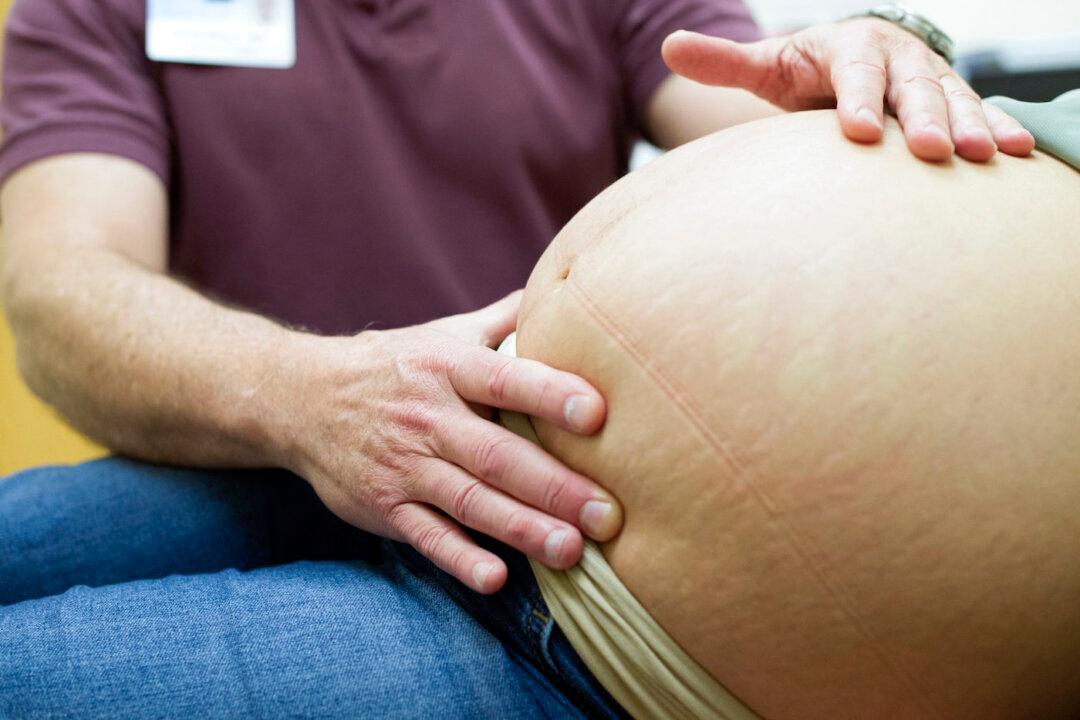U.S. births declined to their lowest level in more than 40 years last year, according to new provisional data published on April 25 by the Centers for Disease Control and Prevention (CDC).
Just under 3.6 million babies were born in 2023, marking a 2 percent decline—or roughly 76,000 fewer births—from the previous year and the lowest level seen since 1979, when roughly 3.4 million U.S. babies were born.





